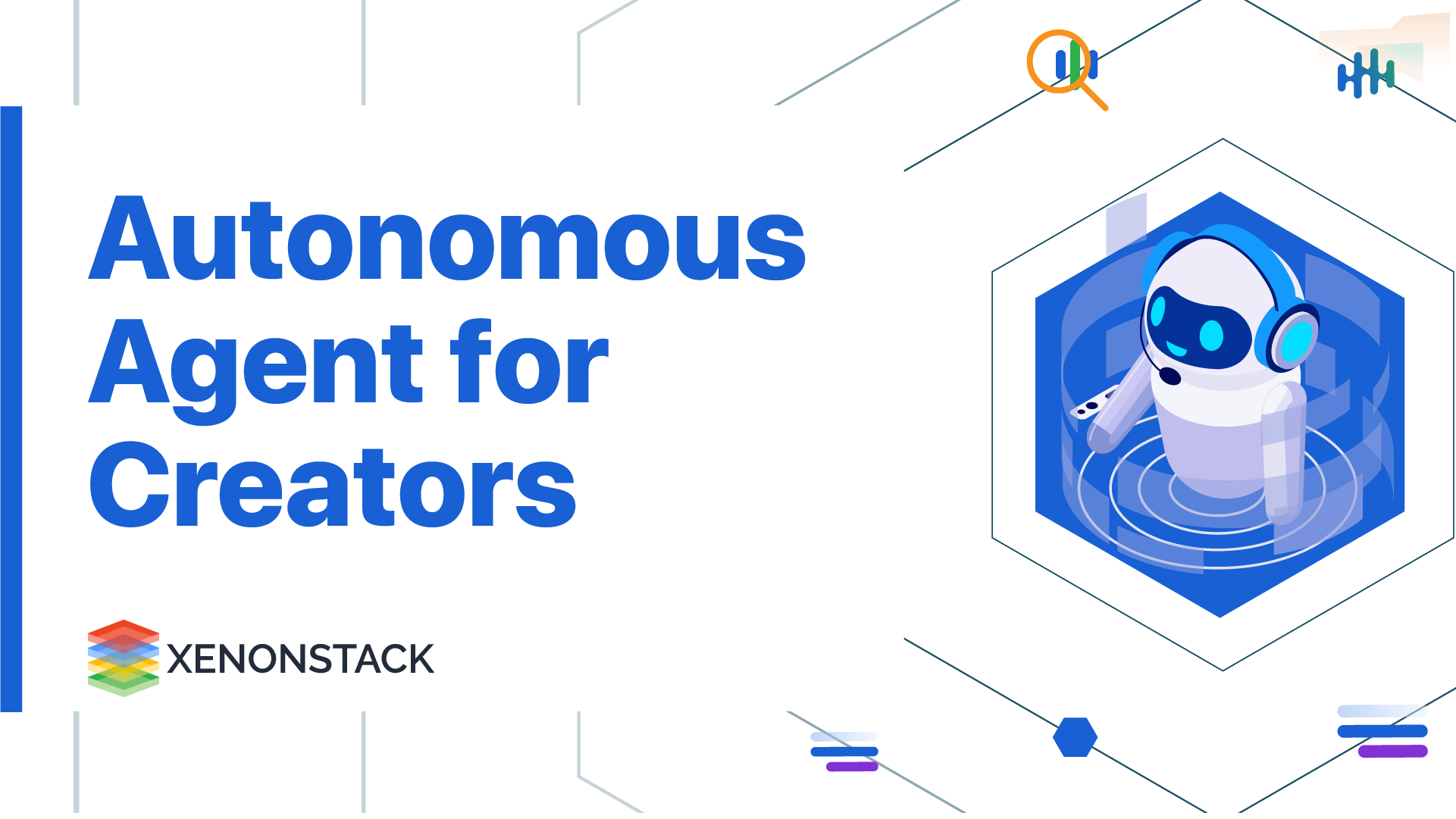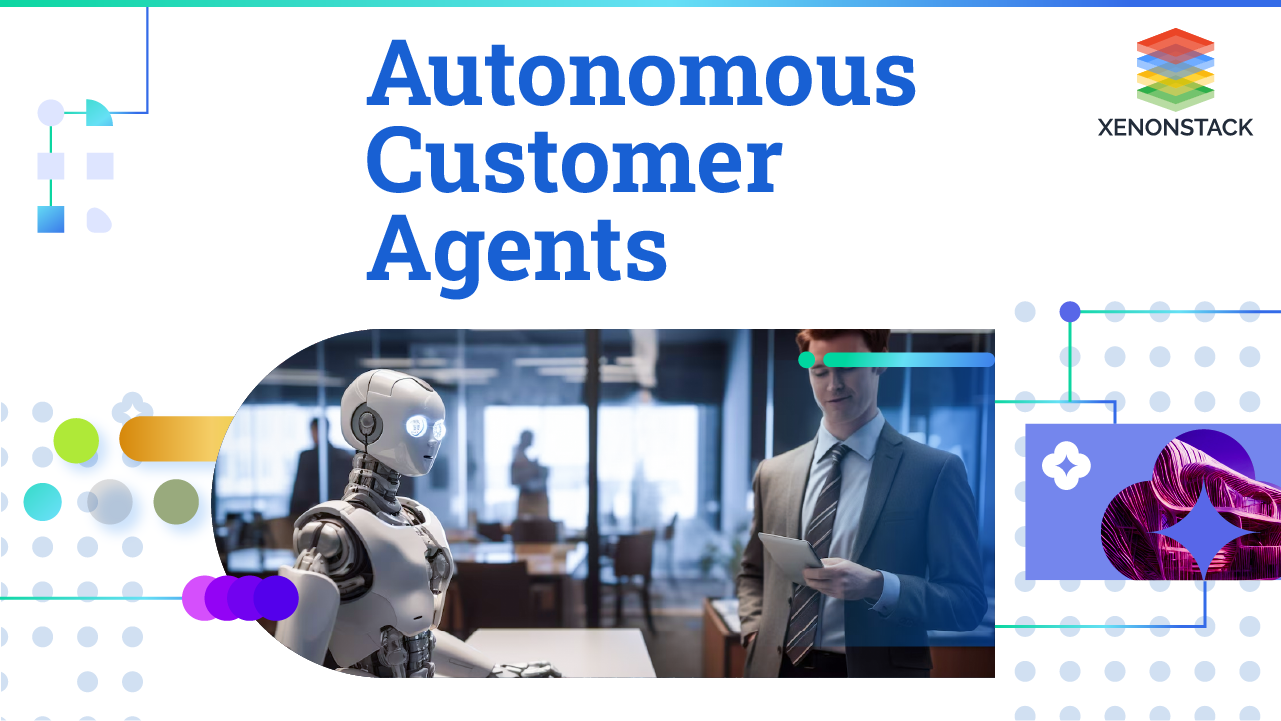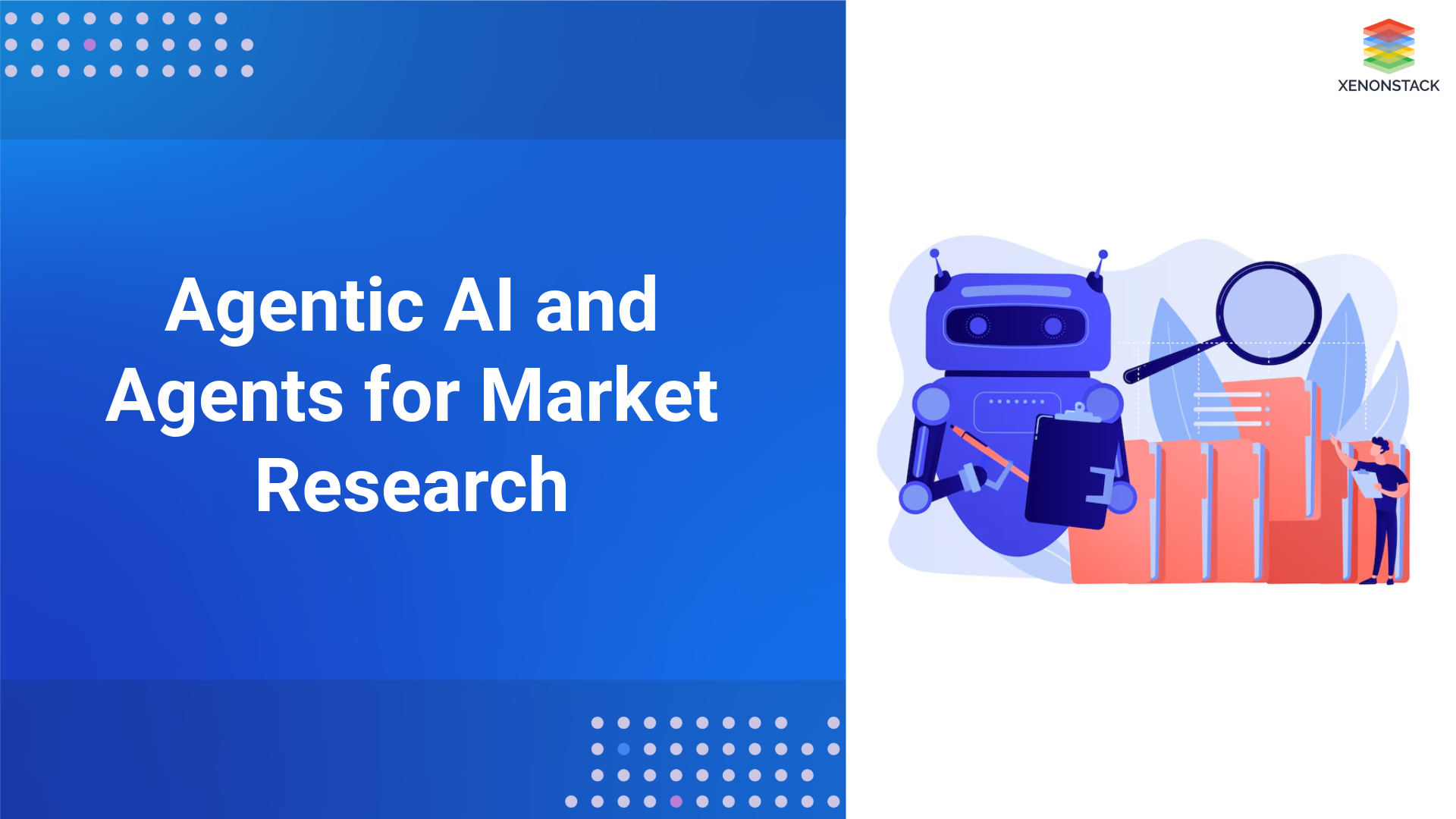
Understanding AI Agents
AI agents are intelligent software systems that:- Focus on specific assigned goals (e.g., email writing)
- Execute relevant actions to achieve those goals
- Stay strictly within their defined purpose
- Make informed decisions based on their programming
- Understand and process instructions
- They operate like specialized assistants, working solely on their assigned tasks without deviation or distraction.
The Expanding Capabilities of AI Agents
AI agents now excel at numerous business-critical tasks:
-
Web Browsing: Researching information, gathering competitive intelligence, and monitoring online content
-
Code Generation & Execution: Creating software solutions, automating development workflows, and debugging existing code
-
Meeting Scheduling: Coordinating calendars, sending invitations, and managing follow-ups
-
Payment Processing: Handling transactions, reconciling accounts, and managing financial workflows
-
Data Analysis & Querying: Extracting insights, generating reports, and identifying patterns
With Artificial Intelligence advancing rapidly, capabilities considered impossible today may become standard features tomorrow, continuously expanding what AI agents can accomplish for businesses.
Growing Preference for AI Interaction
51% of consumers favor bots over human agents for immediate service, reflecting a reliance on AI for quick support. Additionally, 68% believe chatbots should match the expertise of skilled human agents, emphasizing the need for enhanced AI capabilities
Investment and Future Expectations
64% of CX leaders intend to boost investments in advanced chatbots within the year, while 58% expect their chatbots to become more sophisticated by 2025, indicating confidence in AI agents to enhance customer experience.
Evolution of Agent Technology
1950s-60s: Foundations
-
Turing Test (1950) established machine intelligence criteria
-
Dartmouth Conference (1956) formalized AI as a field
-
ELIZA (1966) pioneered pattern-matching conversation
1970s-80s: Rule-Based Systems
-
Expert systems like MYCIN used rule-based logic for medical diagnosis
-
PROLOG introduced logic programming for AI
-
Reinforcement learning foundations developed
1990s: Intelligent Agents Emerge
-
Systems began autonomous information processing
-
Early virtual assistants appeared
2000s: Machine Learning Era
-
IBM Watson demonstrated advanced NLP capabilities
-
Statistical models improved decision-making
2010s: Deep Learning Revolution
-
AlexNet (2012) transformed image recognition
-
GPT-3 (2020) achieved human-like text generation
-
Robotics and self-driving vehicles advanced
2020s: Agentic AI
-
Generative AI enables proactive, independent agents
-
Multi-agent collaboration systems emerge
-
AI systems develop long-term planning capabilities
32 Unique Types of Agents and Why They Matter
AI agents come in 32 distinct types across five categories:
-
Core Functional Capabilities (memory, processing, perception, and action agents that handle information and task execution).
-
Structural Dimensions (coordination, planning, architecture, and scalability agents that determine system organization).
-
Role and Scope (objective-oriented and task-specialized agents for specific purposes).
-
Non-Functional Qualities (agents focused on efficiency, ethics, and resilience).
-
System Interaction (agents that interface with external tools and environments).

Understanding these classifications helps organizations select appropriate agents, design effective multi-agent systems, build scalable architectures, balance performance with ethics, create resilient implementations, improve human-AI collaboration, and future-proof AI investments.
Core Functional Capabilities

Memory Agents
Memory agents store, retrieve, and manage information to enhance learning and decision-making. They help AI systems remember past interactions, improve predictions, and optimize responses.
Processing and Reasoning Agents
Processing and reasoning agents are responsible for understanding input data, drawing inferences, and making decisions.
Perception and Input Modality Agents
These agents interact with the world by processing various input types.
Action and Output Execution Agents
Action-oriented agents perform tasks based on processed data.
Structural Dimensions

Coordination and Communication Agents
10. Single Agent: Functions independently
11. Multi-Agent: Operates alongside other agents
12. Collaborative Agent: Works cooperatively with other agents
13. Competitive Agent: Operates in competition with other agents
Planning Mechanism Agents
14. Internal Planning Agent: Plans actions internally
15. External Planning Agent: Relies on external systems for planning
System Architecture Agents
16. Homogenous Agent: Part of a uniform system architecture
17. Heterogenous Agent: Integrated into a diverse system architecture
Scalability and Deployment Agents
18. Local Deployment Agent: Operates within a limited environment
19. Distributed System Agent: Deployed across a distributed network
Role and Scope

Objective and Goal Orientation Agents
20. Reactive Agent: Responds to immediate stimuli
21. Proactive Agent: Initiates goal-oriented actions
Task Specialization Agents
22. Task-Specific Agent: Designed for a particular task
23. General-Purpose Agent: Adaptable to various tasks
Non-Functional Qualities

Efficiency and Performance Agents
24. High-Speed Agent: Executes tasks rapidly
25. High-Accuracy Agent: Performs tasks with precision
Ethics and Trust Agents
26. Explainable Agent: Provides transparent reasoning for actions
27. Fairness-Oriented Agent: Minimizes bias in decision-making
Robustness and Resilience Agents
28. Fault-Tolerant Agent: Continues operating despite errors
29. Dynamic Environmental Agent: Adapts to changing environments
Interaction with System

Integration of External Capabilities Agents
30. API-Driven Agent: Uses APIs to connect with external services
31. UI-Driven Agent: Interacts through user interfaces
Environment and Context Interaction Agents
32. Virtual Agent: Operates in a simulated environment
33. Physical Agent: Interacts with the real world
Why This Matters
Understanding AI agent types helps organizations:
-
Select the right agents for specific business problems
-
Design more effective multi-agent systems
-
Build scalable AI architectures
-
Balance performance with ethical considerations
-
Create more resilient AI implementations
-
Improve human-AI collaboration
-
Future-proof AI investments
AI Agents by Application Domain: 8 Key Types
Enterprise Decision Agents
AI systems that analyze business data, market trends, and internal metrics to support strategic decisions. These agents help with resource allocation, risk assessment, and identifying growth opportunities through data-driven recommendations.
Financial Analysis Agents
Specialized systems that process financial data, detect market patterns, evaluate investment opportunities, and manage risk. These agents perform portfolio analysis, fraud detection, algorithmic trading, and regulatory compliance monitoring.
Healthcare Diagnostic Agents
Clinical decision support systems that analyze patient data, medical images, and literature to assist with diagnosis. These agents identify patterns in symptoms, recommend tests, suggest treatment options, and monitor patient progress.
Educational Tutoring Agents
Personalized learning assistants that adapt to individual student needs, provide customized instruction, and assess understanding. These agents create learning paths, deliver appropriate challenges, and offer immediate feedback.
Customer Service Agents
Front-line support systems that handle customer inquiries, process requests, and resolve issues. These agents manage multi-channel communications, provide 24/7 availability, and escalate complex issues to human representatives when needed.
Security/Threat Detection Agents
Cybersecurity systems that monitor networks, identify anomalies, and respond to potential threats. These agents analyze behavior patterns, detect intrusions, manage vulnerabilities, and implement defensive measures.
Legal Research Agents
AI systems that analyze legal documents, case law, and regulations to support legal professionals. These agents conduct precedent research, document review, contract analysis, and regulatory compliance monitoring.
Creative Collaboration Agents
AI tools that assist with content creation, design ideation, and creative processes. These agents generate draft content, suggest improvements, facilitate brainstorming, and help optimize creative outputs across multiple formats.
Key Differences Between Typical Language Models and AI Agents
|
Aspects |
Typical Language Models |
AI Agents |
|
Use Case Scope |
Primarily automate individual tasks |
Capable of automating entire workflows and processes |
|
Planning |
Cannot plan or orchestrate workflows |
Can create and execute multi-step plans to achieve user goals, adjusting actions based on real-time feedback |
|
Memory & Fine-Tuning |
Lack of memory retention and limited fine-tuning abilities |
Use both short-term and long-term memory to learn from interactions, providing personalized responses; memory can also be shared across multiple agents |
|
Tool Integration |
It is not inherently designed to integrate with external tools or systems |
Can integrate with APIs and tools (e.g., data extractors, image selectors, search APIs) to perform more complex tasks |
|
Data Integration |
Depend on static knowledge with fixed training cutoffs |
Adjust dynamically to new information and real-time knowledge sources |
|
Accuracy |
Limited in self-assessment capabilities, rely on probabilistic reasoning based on training data |
Possess task-specific capabilities, memory, and validation mechanisms to improve their own outputs and those of other agents in the system |
Autonomous Customer Agents enhance user experience by providing instant support, resolving queries efficiently, and personalizing interactions based on customer data.
Best Open Source Agents
1. AutoGPT
This is one of the first and highly capable open-source AI agents available. For a given goal, it first creates a set of sub-tasks. It then goes through each of those sub-tasks to get the work done. This process may even divide the sub-task into further sub-tasks based on the complexity of the task.
It is the Agent dividing a complex task into sub-tasks and iterating through them to complete the work.
2. AutoGen
It is another of those remarkable releases in the field of Autonomous Agents. It allows you to build a Multi-Agent Conversational Framework inside your application for enhanced accuracy and better inference from the LLMs.
For example, you must build an agent to query your structured database. Using AutoGen, you can pass on the initial query results through various other agents in the middle before finally producing the output to the user. Each agent has a defined task and a role assigned to it. If, at any step, an agent finds the responses unsatisfactory, it sends them back to the previous agent for re-evaluation.
Discover how Akira AI Agents power autonomous operations with intelligent decision-making.
- Agent Analyst – Transforms data into actionable insights for smarter business strategies.
- Agent Force – Automates workflows and enhances operational efficiency across teams.
- Agent SRE – Ensures system reliability with proactive monitoring and self-healing capabilities.
Levels of AI Agents
1. Tools (Perception + Action)
2. Reasoning & Decision making
3. Memory + Reflection
4. Generalization & Autonomous Learning
5. Personality (Emotion + Character) and Collaborative Behavior (Multi-agents)
 Figure 1 - Level of Personal LLM Agents
Figure 1 - Level of Personal LLM Agents

Figure 2 - Level of AI Agents
Reference:- https://arxiv.org/pdf/2405.06643
Challenges in Adoption for AI Agents
1. Data Dependent
The backbone of any AI agent is the large language model (LLM). Hence, the accuracy of the response and intelligent behaviour of the overall agents directly depend on the richness of the data on which the LLM was trained.
The Agents may become highly biased if the LLM in the backend is not trained on the right data set.
2. Limited Understanding of Context - Context Management and Intelligence
Regarding the currently available open-source AI agents like AutoGPT and others, they have a short-term memory, making it hard for them to hold on to the context in a longer conversation.
3. Security Concerns
AI Security and LLM software supply chain security are critical aspects for AI Quality and AI assurance and governance aspects.
4. Trustworthy AI Aspects
AI agents lack common sense and ethical perspectives; they can easily be made to work toward goals with malicious intent. Considerations regarding accountability, transparency, ethics, responsibility and bias in decision-making are critical in regulated industries, especially healthcare, finance, transportation.
The future is Autonomous AI Agents
Autonomous AI Agents represent a pivotal technological development and enable new opportunities in human interaction and business operations. Agents equipped with artificial intelligence and reasoning capabilities have the capacity to:
- Operate independently,
- Make decisions
- Take actions without constant human intervention.
Agentic AI with Reasoning Capabilities
With much better LLMs in the days to come, AI agents are bound to improve as they will have more contextual understanding and more human-like responses. Also, if humans are brought into the loop of AI Agents' workings, it will further pave the way for building autonomous agents with enhanced capabilities in various fields.
Multi-Agent Systems with AI guardrails and Responsible AI Agents
With Artificial Intelligence becoming more integrated into our daily tasks, there is a rising concern about safety, privacy, and ethical considerations. Hence, we can expect equal priority to be given to performance and security concerns regarding autonomous agent solutions in the coming days.
Next Steps towards Autonomous Operations with AI Agents
Connect with our experts to explore the path toward autonomous operations with AI agents. Discover how industries and departments leverage Agentic Workflows and Decision Intelligence to enhance decision-making and efficiency. Utilize AI-driven automation to optimize IT support and operations, improving responsiveness and driving seamless, intelligent workflows.



